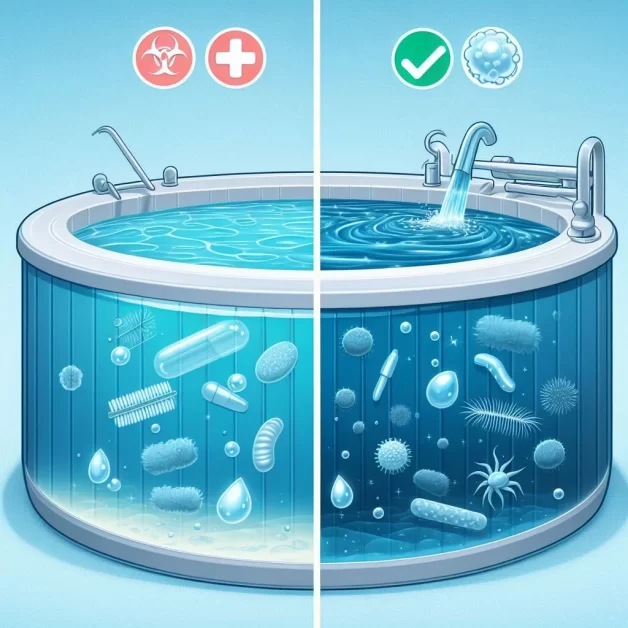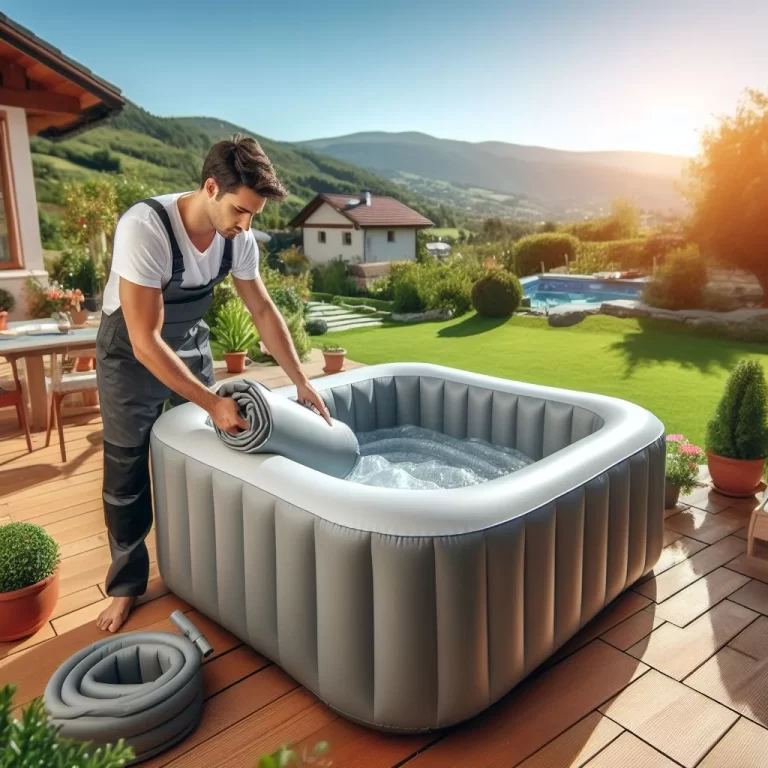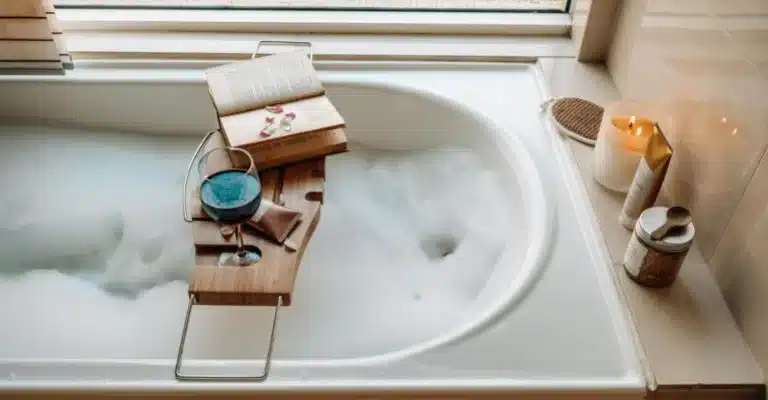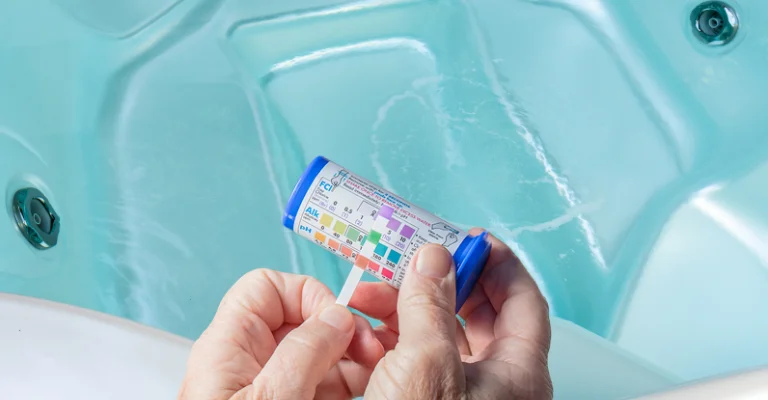Hot Tub Hygiene Best Practices: Cleanliness, Contamination Prevention
Keeping your hot tub clean and fresh might seem like a tough nut to crack, but it’s essential for a pleasant and safe soak. Many hot tub owners face challenges like bacterial growth, chemical imbalances, and pesky scum, which can turn a relaxing experience into a hassle.
If you’re scratching your head about how often to clean your tub, how to keep the water just right, or how to look after your equipment, you’re in good company.
In this guide, we’ll break down the best practices for hot tub hygiene in simple, actionable steps. From fending off bacteria to making your cleaning routine a breeze and keeping your hot tub gear in top shape, we’ve got you covered. Stick with us, and you’ll soon have your hot tub running like a dream, ready for every soak.
Ignoring proper maintenance can lead to unpleasant experiences and health issues, ranging from skin irritation to more severe conditions caused by bacteria such as Legionella.
Key Points to Remember
- Optimal Temperature: Between 100°F to 104°F (37°C to 40°C) for safety and comfort.
- Filter Maintenance: Clean monthly and replace every 12 to 24 months.
- Chemical Management: Weekly checks to ensure balanced water chemistry.
- Signs of Poor Hygiene: Cloudiness, odors, residue, foam, mold, and stains.
- Safety Precautions: Professional electrical installation and avoiding electronic devices near water.
- Inflatable Hot Tub Care: Drain, clean, and check water quality every 3 to 4 months.
- Age and Health Considerations: Restrictions for children and advice for pregnant women.
With the right practices, however, you can enjoy your hot tub without worry. Here’s how:
Common Sources of Contamination in Hot Tubs
Hot tubs can harbor a variety of contaminants, including bacteria, body oils, makeup, and environmental debris. A study published in the “Journal of Environmental Health” found that without proper sanitation, hot tubs could become breeding grounds for Legionella bacteria, which are responsible for Legionnaires’ disease.
Testing and Treating Hot Tub Water
Regularly testing your hot tub water is crucial for maintaining the right chemical balance. The Centers for Disease Control and Prevention (CDC) recommends checking the pH and disinfectant levels before each use, at a minimum of twice per week.

The Hot Tub Cleaning Routine
A consistent cleaning routine is the backbone of hot tub hygiene. This includes daily, weekly, and monthly tasks such as skimming debris, cleaning filters, and shock-treating the water.
- Step-by-Step Guide:
- Daily: Skim the surface for debris and check the water level.
- Weekly: Clean the filters and check the chemical balance.
- Monthly: Drain and deep clean the tub, including jets and hard surfaces.
Recommended Products and Methods for Sanitation
Choosing the right products for your hot tub can make a difference in ease of maintenance and the overall health of your spa.
While chlorine is the most common sanitizer, bromine and saltwater systems offer alternatives with their own sets of benefits and drawbacks. Reading more about eco-friendly chemical alternatives for hot tub.

Ensuring Hot Tub Safety for All Users
Hygiene practices should be adjusted based on how frequently your hot tub is used and the number of guests you host. It’s also important to consider seasonal changes, as hot tub maintenance needs can vary throughout the year.
- Interesting Stat: A survey by the Pool and Hot Tub Alliance revealed that proper hot tub maintenance can extend the life of your hot tub by up to 20%.
- The Ultimate Guide to Hot Tub Water Care – Dive deep into the nuances of hot tub water maintenance, including chemical balance, filtration, and troubleshooting common issues.
- Mastering Hot Tub Safety – Discover essential safety tips and best practices for using your hot tub safely, ensuring a relaxing experience every time.
Conclusion
Maintaining hot tub hygiene is essential for the health and longevity of your spa and the safety of its users. By following these best practices, you can ensure your hot tub remains a safe, enjoyable retreat for years to come.
Have your tips for keeping your hot tub clean and safe? Share them in the comments below! For more hot tub care advice, be sure to browse our Blog.













